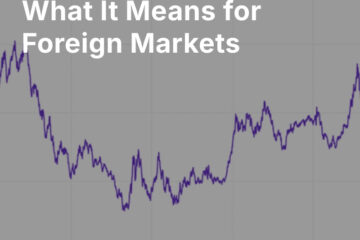Back in late August, the Federal Reserve announced a new policy framework. It pledged to target an average inflation rate of 2%, letting it run above 2% for potentially prolonged periods; and it said that it would not respond to an improving employment picture with pre-emptive rate increases. Around the world, other central banks are largely keeping their elusive 2% targets
The policy change in August came after a year of other momentous changes. The concerted action of the Fed and the Treasury at the height of the covid panic in March and April stabilized the global financial system, but it also crossed a Rubicon of monetary policy by showing the government’s power, and willingness, to backstop not just Federal debt, but the lending activities of commercial banks. That may be enough to unstop the stopper that has constrained widespread inflation in the post-2008 period. We do not know if that process will come to fruition soon, but it is probably underway. U.S. money supply growth – both the M1 and M2 measures – has accelerated dramatically. That money, through the novel Fed and Treasury programs such as the PPP, is finding its way directly into the economy. The liquidity impulse for inflation is much stronger than during the QE era, when commercial bank lending was suppressed by both fear and regulatory control, and liquidity found its way into asset markets but not so much consumer prices and wages.
Since we believe the Fed is unlikely to change course, and political developments do not suggest a coming period of reluctance to spend (to say the least), that means that dollar weakness, with all due volatility for passing events, is likely to be enduring. The trend is likely to be down and to remain down. Since March, when general panic bid it up in a rush for a safe haven, the dollar has dropped some 12% against a trade-weighted basket of currencies.
If the 2021 consensus works out — if covid vaccines are safe, effective, and widely adopted, and the world starts to get back to normal — the currencies of commodity and manufacturing exporting countries should continue to strengthen against the dollar. Although other countries around the world have lower nominal interest rates, U.S. real rates are actually lower due to U.S. inflation — and that situation may persist, thus damping demand for dollars and further contributing to dollar weakness.
This is not bad news for investors. There are many ways in which a weaker dollar is beneficial for many American companies, particularly those which earn a lot of their revenue overseas. And of course, there are other reflationary assets that American investors can use to benefit from inflation and a weaker dollar. As we noted above, on balance, asset prices in general have benefitted from loose monetary policy over the past decade, and should continue to do so. If we are entering a period of rising inflation, that will be true even more so for commodities, for precious metals, for cryptocurrencies, and for assets denominated in currencies that are rising against the dollar, such as some emerging market debt and equity (barring difficulties specific to particular countries).
The potential fiscal regime change now underway will also benefit particular sectors and industries where the spending will be concentrated, particularly including green themes. Even with a falling dollar, even with inflation, thematic stock picking on this basis is a logical course of action.
Investment implications: The fiscal and monetary regime change that 2020 brought to the U.S. has resulted in a weaker dollar, and that trend looks likely to continue. Widespread inflation may finally begin to make a comeback. This need not be a disaster for investors. First, they have the tried and true inflation hedge, gold; and as we have been saying for some time, for those who can tolerate the volatility, there is also bitcoin (we do not like other cryptocurrencies, with a few speculative exceptions). Second, they have stocks that can benefit — U.S. companies with lots of overseas earnings, and foreign companies with domestic revenues whose currencies are rising. We particularly like India, South Korea, Japan and emerging markets. Investors should be careful not to buy currency-hedged ETFs.



